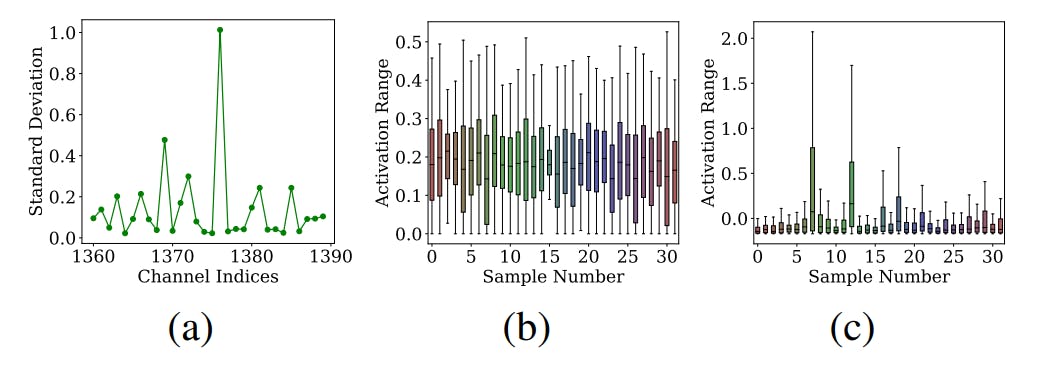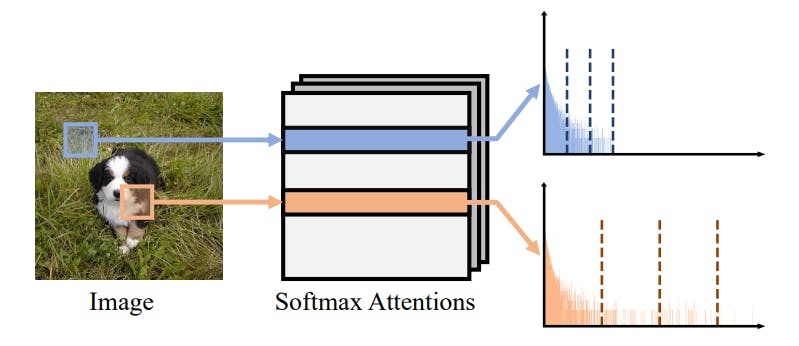Along with being the top recipient for venture capital funding, the artificial intelligence sector has also been an area ripe for M&A activity. Bigger companies are buying smaller companies. Big companies are buying other big companies. And companies are hiring away top talent from other companies.
All in all, there has been no shortage of deal flow in the M&A space for AI. Across the three half-year periods from H1 2024 to H1 2025, AI M&A volume climbed steadily, reaching 262 deals in the most recent half, Crunchbase data shows. That marks a 35% increase year over year.
Notable deals include OpenAI’s acquisition of 4-year-old product analytics startup Statsig for $1.1 billion earlier this month. The startup’s founder and CEO is set to join OpenAI, parent of ChatGPT, as chief technology officer of its applications business. That follows OpenAI’s somewhat quiet announcement in May of its $6.5 billion acquisition of Io, a little-known but highly technical company focused on model deployment and orchestration.
Also earlier this month, collaborative software giant Atlassian announced that it had agreed to acquire The Browser Co. for about $610 million in cash.
On the surface, it looks like a market firing on all cylinders. But the data tells a more nuanced story. The median deal size for startup M&A stayed flat at $67.5 million in the first half of 2025, while the average soared past $435 million, per Crunchbase data.
To get a better sense of just what all this M&A activity means, Crunchbase News conducted an email interview with Kevin Desai, U.S. deals platform leader for PricewaterhouseCoopers. The interview has been edited for brevity and clarity.
Crunchbase News: What sorts of AI technology and companies are enterprises interested in buying right now?
Desai: Dealmaking revolving around AI is a whole ecosystem. Enterprises are currently acquiring companies focused on AI agents, identity and security, and edge computing. This includes investments in the underlying infrastructure like power, data centers, and compute control. They’re also buying applied AI software that embeds copilots and agentic workflows into existing systems like CRM, ERP and IT service management.
Firms with AI-driven detection and identity solutions are in high demand, as well as smaller companies that bring niche capabilities or specialized talent in model engineering, design, and workflow integration. Enterprises are also looking at edge interference hardware and software to cut latency, cost and privacy risk. Increasingly, buyers are also interested in GPU/ASIC supply and custom-silicon programs to secure cost and scale.
What do deals like Atlassian’s Browser Co. buy tell us about the market?
While we can’t comment on specific deals/companies, these types of deals reveal that companies are focused on how and where workers work. As SaaS has proliferated, our ways of working have shifted. AI is the next frontier of that shift, and companies will continue to focus on the agents they use and how to drive productivity in their workforce.
It also signals that buyers are willing to pay a premium for talent, agent-driven innovation, and user experience expertise, even outside their core product lines, as AI shifts the boundaries of where productivity and collaboration happen.
With the large LLM companies controlling so much of the foundational technology, what are the moats or differentiations that smaller startups have that interest buyers?
While foundational model providers hold significant control, smaller startups are carving out defensible positions in key areas. Startups that integrate trust, governance, and compliance into their solutions are especially attractive as companies look to mitigate AI risks.
The most valuable moats for buyers include proprietary and regulated vertical data and workflows, identity and policy controls for agents, and on-device/edge advantages where latency and privacy are critical. Many startups are also leading the charge in agentic user experiences and vertical applications.
Do you expect to see more blockbuster buys of big established startups, or smaller, quiet purchases and acquisitions. Why?
We are likely to see both. On one hand, established technology companies will continue to pursue blockbuster acquisitions when an asset represents a strategic leap forward in infrastructure, distribution, or user interface.
On the other hand, many companies will prioritize smaller acquisitions focused on talent and niche capabilities, allowing them to accelerate product roadmaps without the complexity of a megadeal. With overall deal volumes flat but tech deal values rising, the data suggests buyers are being highly selective, willing to stretch on valuations for assets that deliver transformational value, while relying on targeted capability buys to fill specific gaps quickly and efficiently.
What are the specific sectors most likely to be targeted next?
The next wave of acquisitions will likely target AI bottlenecks: identity, browsers, ops automation and regulated data. The physical internet of AI also remains at the top of the list, driving investment in power, data centers, semiconductors, and networking. Cybersecurity is another priority, as enterprises look to secure data and manage the risks of increasingly autonomous AI systems. Vertical software markets are particularly attractive, with strong buyer interest in healthcare solutions for clinical decisions and revenue cycle management, and financial services tools for risk, compliance, and wealth management. Finally, we can expect continued momentum in identity and governance, secure enterprise browsers, and agentic operations.
What are the current and projected valuations for AI-focused acquisitions?Valuations for AI-focused acquisitions remain robust, with heightened competition for premium assets driving deal values upward even as overall M&A volumes remain relatively flat. PwC research indicates that technology deal values have risen by approximately 15% as buyers race to secure AI capabilities, signaling a willingness to pay for assets that offer defensible advantages.
Looking ahead, we expect assets with proprietary data, regulatory moats and tailored user experiences will continue to attract strong premiums, while buyers will remain more disciplined in less differentiated market segments.
What are the long-term strategic implications of this M&A rush?
In the long run, the surge of AI-related M&A activity could reshape the technology landscape around a few dominant ecosystems, anchored by companies that control both the infrastructure and the user-facing interfaces where AI delivers value.
Enterprises that actively pursue acquisitions now are positioning themselves to fundamentally reinvent their platforms, processes, and business models for an AI-dominant future. At the same time, the rush to acquire talent and accelerate roadmaps means that integration will be critical; only companies that can harmonize new capabilities and embed them into workflows at scale will capture the full strategic benefit.
Related Crunchbase query:
Related reading:
Illustration: Dom Guzman

Stay up to date with recent funding rounds, acquisitions, and more with the
Crunchbase Daily.









